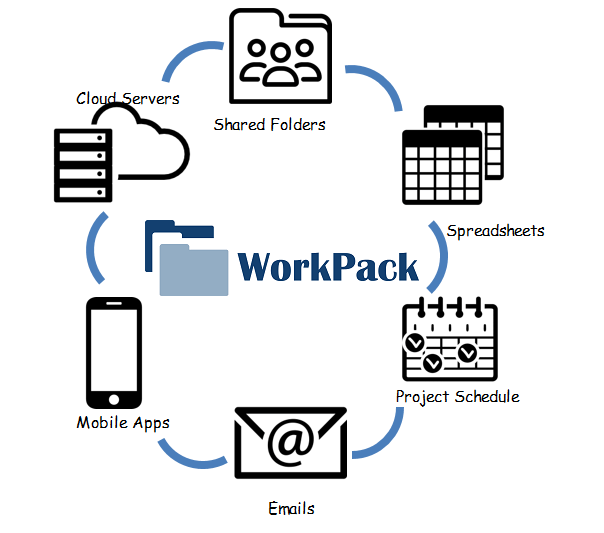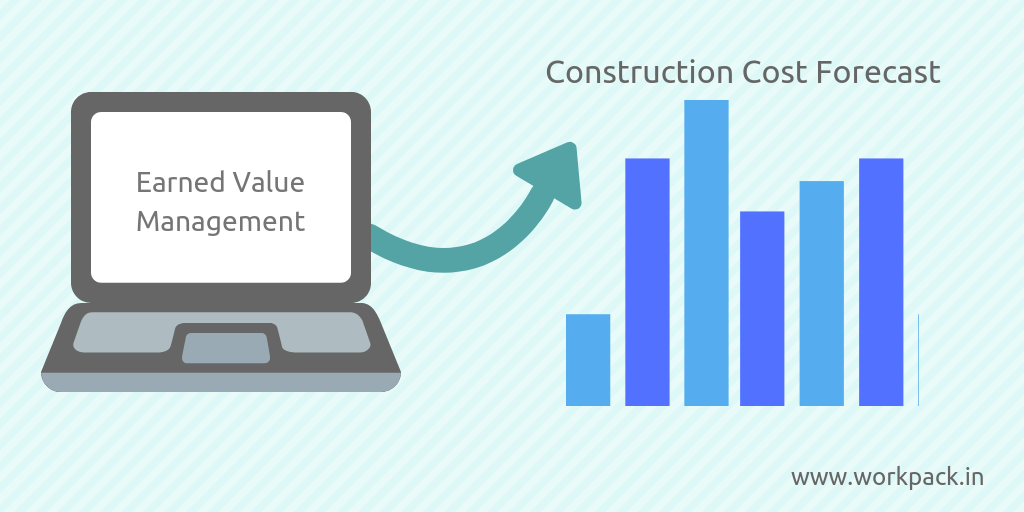It is one of the most important responsibilities of an infrastructure project manager to ensure that the project costs do not exceed the original budget. He can make sure of this only by always keeping a vigilant eye on the actual costs and making sure that they do not go beyond a certain level.
That’s why project managers and cost control engineers always need to keep track of actual costs for different activities in an infra project.
But watching the actual cost can only tell them how much of the budget has been spent so far. But to know if the project budget is going to be exceeded or not, they need to forecast the costs for remaining work to be done.
Adding these forecast remaining costs to actual costs incurred thus far will provide forecast for overall costs of the project.
Overall Cost Forecast = Actual Cost + Forecast Remaining Cost
If the overall cost forecast goes beyond a certain level, project managers must take action to contain the costs of remaining activities to maintain the financial viability of the project.
Earned Value Management for cost forecasting
Earned Value Management (EVM) is an excellent project management tool for keeping track of the actual work done with reference to the ‘planned work to be done’ in the same timeframe.
Apart from ‘actual work done’ or ‘earned value’, the same principles (of EVM) also help in tracking the ‘actual costs incurred’ or ‘burned value’.
The burned value is an indicator of the actual costs, whereas earned value is an indicator of the actual ‘productivity’ in the project.
Both of them put together in dollar terms, can be used to forecast the cost of remaining work to be done.
Remaining work to be done
In dollar terms, the remaining work to be done is simply the budgeted costs of the project minus the earned value.
Remaining Work = Budgeted Work – Earned Value = Budget – EV
Cost of the remaining work
When productivity is defined as the work done per dollar of costs,
Productivity = Work Done / Costs Incurred
The remaining costs can be calculated as, the remaining work divided by the actual productivity (at the moment).
Forecast Remaining Cost = Remaining Work / Current Productivity
Assumption: Current productivity levels will continue till the end of the project.
Actual productivity
Actual productivity observed in the project can be calculated by dividing the work done so far (in dollar terms) by actual costs incurred in dollar terms.
Actual work done in dollar terms is nothing but the ‘earned value’ and costs incurred are captured in the ‘burned value’. So the actual productivity is nothing but the ratio of these two numbers.
Current Productivity = Earned Value / Actual Costs = EV / AC
Cost forecast
Forecast costs of the remaining work can now be calculated as,
Forecast Remaining Cost = (Budget-EV) / (EV/AC) = AC×{(budget/EV)-1}
And the overall forecast costs for the project becomes,
Overall Cost Forecast = AC×{(budget/EV)-1}+AC = AC×Budget/EV
There are two big assumption here –
- Productivity observed thus far in the project is going to continue for the rest of the project lifespan.
- The estimated earned value and burned value numbers are based on latest and reasonably accurate cost tracking data.
Importance of actual cost & progress tracking
In absence of any other measure of productivity, project managers must rely on current level of productivity as a reasonable forecast for future productivity.
Further, if the same level of productivity has been observed for large part of the project, it is a reasonable expectation that the same trend will likely continue.
Coming to the second assumption, the accuracy of actual progress and cost data is going to strongly influence the project cost forecast.
Hence it is important for project managers and cost controllers to ensure that progress and cost data from project tracking system is the latest that they have and it is as accurate as possible.
Tracking the actual progress and costs for infra projects
That brings us to the reliability of the project management system used for tracking actual cost and progress.
Digital tracking of actual progress and costs of different project activities is possible by connecting all the digital tools used in that project to a central database.
Different kinds of customized spreadsheets, emails, shared document folders and mobile apps are widely used in infrastructure projects to keep track of – progress, costs, resources etc.
By effectively connecting these tools and tracking their data in real time, you can ensure you have the latest and most accurate information of project execution.
WorkPack is one such platform that helps you in connecting all of these tools and tracking them in real time – using digital workflows.

This way WorkPack is helping infrastructure project managers across different industries to track their actual costs and forecast where the project is headed.
Do you also want effective cost forecasts for your infra projects? Check out how WorkPack can help you with a free trial.


No Comments